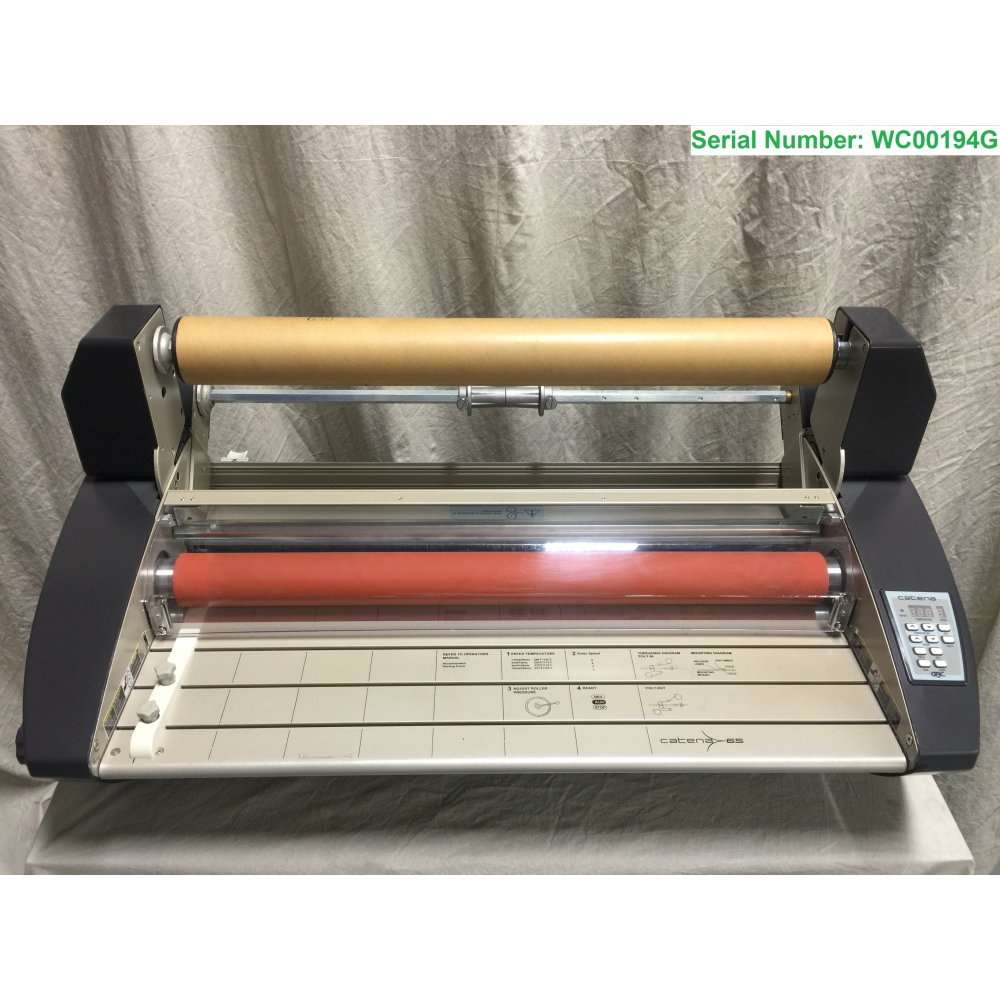1 8 Lamination Encapsulation

This lip creates a strong bond around the menu to ensure that fluids and dirt never contact the edge of the printed paper substrate.
1 8 lamination encapsulation. Lamaniating your print is using a thin sheet of clear plastic on either one or both sides of your print it helps protect from handling damage and prevents any smudging most prints are dry ink but it keeps the issue at bay. Department of materials science and engineering pohang university of science and technology postech 77 cheongam ro nam gu pohang gyungbuk 790 784 republic of korea. Lamination is the process of combining two webs of film together. Lamination and encapsulation are two different methods of applying a protective coating to paper or card in commercial printing the key difference is that anything encapsulated is 100 waterproof while laminated print items aren t fully covered and can therefore be damaged by exposure to moisture.
The terms lamination and encapsulation are often used interchangeably and incorrectly so. Lamination is performed mainly to ensure device stability over time. It is basically used for enhancing the look and. Lamination and encapsulation are two very similar processes that essentially do similar jobs but have different purposes.
A flush cut offers aesthetic benefits but the edge of the printing is not completely enclosed in film. Lamination and encapsulation are two different ways of applying a plastic coating to paper or card. However what most people call lamination is actually encapsulation. Though it may sometimes be difficult to distinguish between encapsulated and laminated documents there are clear differences between the two in both appearance and intention.
Therefore it does not completely protect the edge of the paper from moisture oil or grime like the sealed edge method. The distance from the edge of the lamination to the nearest major structural discontinuity is 1 8 d t nom. Lamination is when a thin layer of plastic often on one side is trimmed flush to the edge of a printed article. They both are different and here is a little information on their differences.
A flush cut refers to lamination that is trimmed even with the edge of the printed piece. Once a solar cell is processed onto the substrate encapsulation is required. When you cover a sheet of paper in plastic so that there is a lip going all the way around it making the whole sheet water tight you are encapsulating. It is a layer of thin plastic which is usually placed on only one side and is trimmed to suit the edge.
Encapsulation is often mistakenly referred to as lamination when they are technically two different processes. The overhang lip created by the sealed edge method is usually in the range of 1 8 1 2. Sealed edge lamination provides the ultimate protection against contaminants and moisture.


















